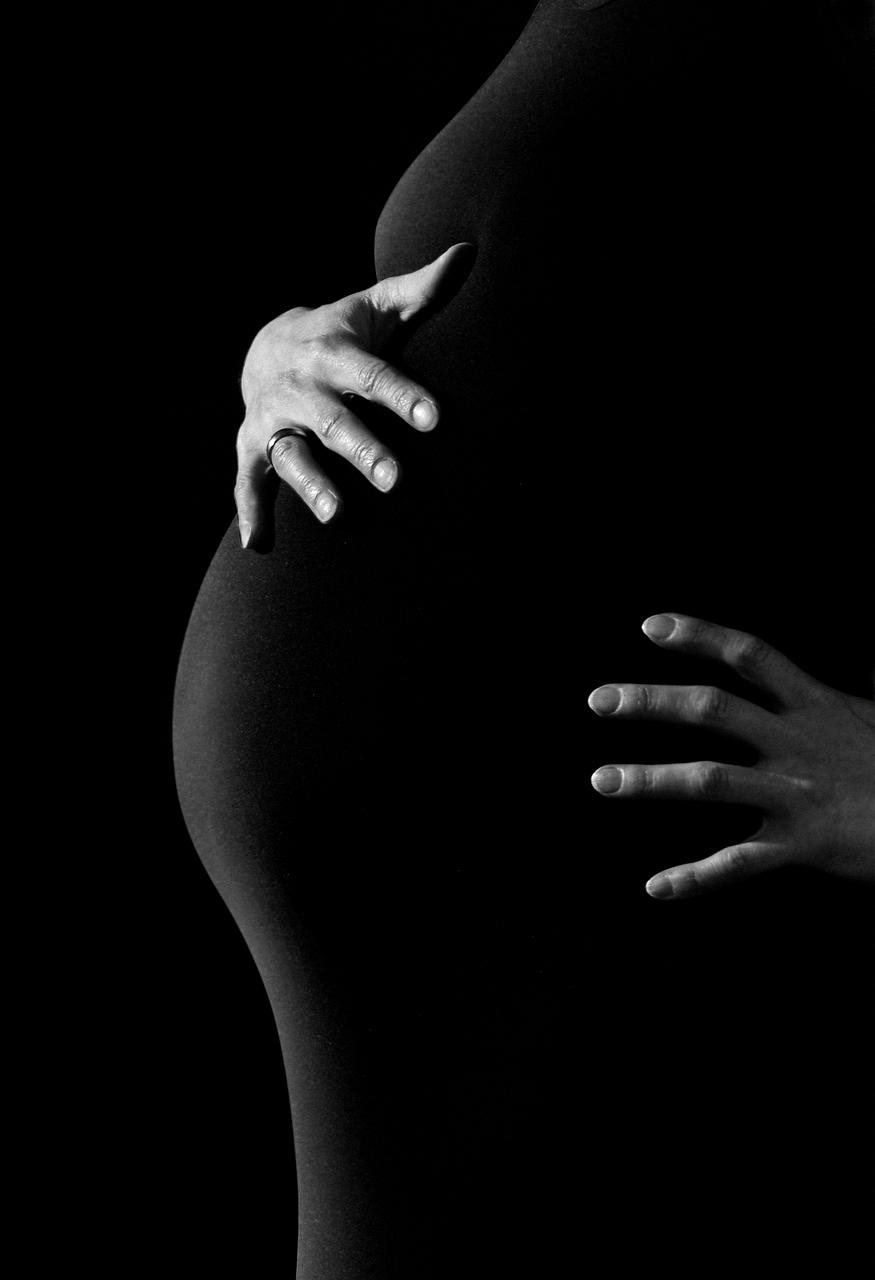When it comes to dealing with an infected C-section scar, it is crucial to understand the underlying causes and appropriate treatment options available. Post-cesarean wound infections can occur due to various factors, including bacteria entering the incision site during or after surgery.
Common Treatment Approach
Doctors typically address infected C-section scars by prescribing antibiotics. The choice of antibiotic depends on the specific bacteria causing the infection. Antibiotics are instrumental in combating less severe infections like cellulitis, assisting in the healing process.
Discussing Antibiotic Treatment
Upon diagnosis, healthcare providers may recommend a round or two of antibiotics to tackle the infection. It is essential to complete the full course of antibiotics as prescribed, even if symptoms improve, to ensure the infection is fully eradicated.
Importance of Proper Wound Care
In addition to antibiotics, proper wound care plays a significant role in managing infected C-section scars. Keeping the incision site clean and dry, as well as regularly changing dressings, can aid in preventing further complications.
Monitoring for Signs of Infection
It is vital for individuals recovering from a C-section to monitor their incision site closely for any signs of infection. Symptoms like increased redness, swelling, warmth, and discharge warrant immediate medical attention.
Seeking Medical Advice
If there are concerns about the healing process or signs of infection, consulting a healthcare provider is paramount. Timely intervention can prevent the infection from worsening and promote effective recovery.
Emphasizing Hygiene Practices
Practicing good hygiene habits, such as washing hands before and after touching the incision site, can help prevent the introduction of harmful bacteria, reducing the risk of infection.
Encouraging Rest and Recovery
Allowing ample time for rest and recovery post-C-section is essential for the body to heal properly. Avoiding strenuous activities that may strain the incision site can aid in preventing infections.
Managing Discomfort and Pain
For individuals experiencing discomfort or pain related to the infected C-section scar, following the healthcare provider’s guidance on pain management strategies is crucial. This may include pain medications or other interventions.
Embracing a Healthy Lifestyle
Maintaining a healthy lifestyle, including a balanced diet, adequate hydration, and regular physical activity as advised by healthcare professionals, can support the body’s healing process and overall well-being.
Ensuring Follow-up Care
After receiving treatment for an infected C-section scar, it is essential to attend follow-up appointments with healthcare providers. These visits allow for monitoring of healing progress and addressing any concerns that may arise.
Final Thoughts
Dealing with an infected C-section scar requires a comprehensive approach that combines antibiotics, proper wound care, hygiene practices, rest, and seeking prompt medical advice when needed. By prioritizing recovery and following healthcare provider recommendations diligently, individuals can navigate through this challenging situation towards healing and well-being.

